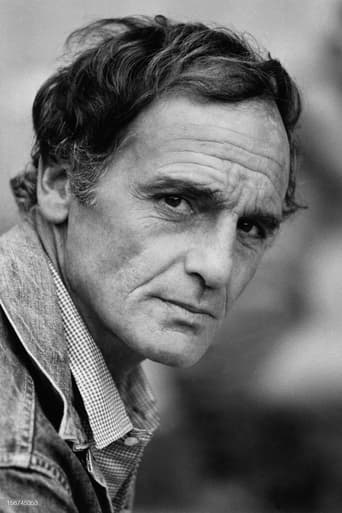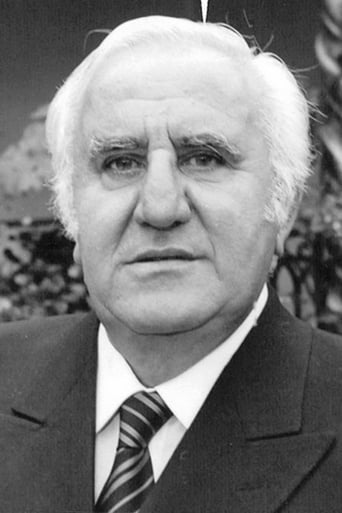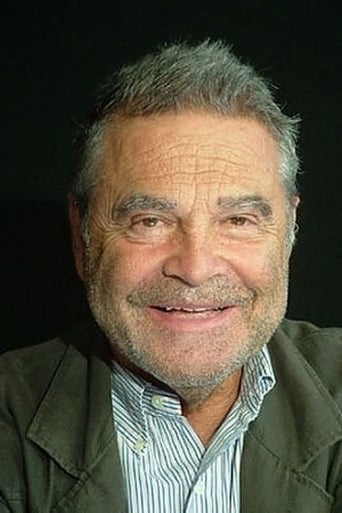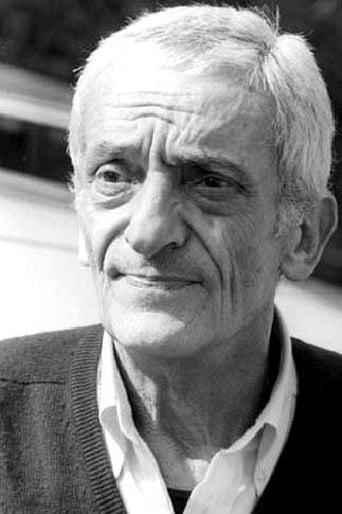ma-cortes
A violent Pasta/Tortilla Western that follows the wake of "Fistful of dollars" considered to be the epitome of the Spaghetti . A so-so Ravioli, Chorizo Western with breathtaking confrontation between the tough starring Philippe Leroy and his enemies : Adolfo Celi and his hoodlums . It stars a Man without name , only nicknamed The Yankee : Philippe Leroy who arrives in a little and desolated town located in frontier New Mexico , being dominated by a nasty gunfighter called Grand Cougar : Adolfo Celi and his henchmen : The Mexican Tomas Torres , the philosopher Jacques Herlin , the good looking young : Franco de Rosa , and other cohorts . El Yankee packs thrills , shootouts , fights , violence , double-crosses and high body-count .The picture contains typical Spaghetti particularities , as it is filled with sadism , fury , bloodbaths , portentous close-ups of encrusted faces and attractive musical score in Ennio Morricone style .This is a Spanish/Italian co-production , a two country production clearly dominated by the Italian contingent and the traditional leanings of the Spaniard producers of the time that provided their particular stamp on the entire proceedings , especially by producer/writer Alfonso Balcazar who produced and directed lots of Paella/Spaghetti Westernsc. What is most provoking about the Euro-Westerns made in Spain and Italy in the 60s and 70s are the groundbreaking and idiosyncratic ways that the filmmakers came up with limited recourses and short budgets . They delivered a great deal of freedom and gave enough successes for a wide export audience .Unfortunately , most of the 400 to 500 movies made during this cycle were poorly realized. The movie is finely played by two great Italian actors , both of them regular in serious cinema or comedies , though here miscast as Western antiheroes . Furthermore , there appears ordinary secondary players of Spaghetti/Paella western ; as Spaniard actors , such as : Francisco Sanz playing as a barber/undertaker , Victor Israel as a deputy , Cesar Ojinaga as a sheriff ; as well as Italian support cast such as : Pasquale Basile , Franco de Rosa and Jacques Herlin . It displays an atmospheric cinematography and adequate production design by Juan Alberto Soler , shot in Fraga , Huesca , and Balcazar studios , Splugues de Llobregat , Barcelona , Spain , though including an inadequate Romanesque church .The motion picture was decently directed by Tinto Brass and when he was brought on as filmmaker , he rewrote the script to make it at his peculiar style . However , it was heavily cut by the producers . As Tinto sued the studio and won the right to delete his directorial credit from the film. Brass film debut was In capo al mondo 1963 , afterwards , he went on making such avant garde films as Nersubianco 1969 and L'urlo 1966 . Subsequently , he made a notorious Naziexploitation , Salon Kitty 1976 , his success lead to direct the known adaptation Gore Vidal's Caligula , that Tinto disowned when he watched the botching edition carried out by Bob Guccione , inserting erotic and porno takes . It became an international hit and then Brass was hired to shoot the Euro-spy : Snack Bar Budapest 1988 and following a string of pictures focus on erotic , such as : The secret key , Monella , Cosi fan tute , Paprika , Fallo , The voyeur and many others . And launching careers of erotic girls , as he often cast women with large buttocks , such as Stefania Sandrelli, Serena Grandi , Claudia Koll and Deborah Caproglio. The Yankee was his only Western , though heavily edited results to be a decent Spaghetti .
MARIO GAUCI
This was the notorious Brass’ sole legendary stint at a Spaghetti Western (albeit one he subsequently disowned due to unwarranted interference from production executives): while perhaps not among the very best outings in the genre, it’s nonetheless individualistic enough (featuring zooms, odd angles and flashy editing galore) to intimate that the director should have allowed himself to be more versatile throughout his career (rather than pooling his resources mostly on smutty erotica). I say this judging also by his following effort, the pop art semi-giallo DEADLY SWEET (1967) – which I had watched during the Italian B-movie retrospective at the 2004 Venice Film Festival (with Brass himself in attendance!).As can be deduced from the title, the leading character is an American – albeit played by a Frenchman, Philippe Leroy (who proves a satisfactory figure under the circumstances, bringing out the lone gunman’s charisma, slyness and agility); he’s identified simply by that epithet, which is a clear nod to Clint Eastwood’s iconic “Man With No Name” from Sergio Leone’s seminal “Dollars” trilogy. In fact, just as in A FISTFUL OF DOLLARS (1964), the Yankee here forms an uneasy partnership with the villainous boss (flamboyantly played by an Adolfo Celi sporting a highly atypical dyed black hair-do!) and is eventually punished in memorable fashion – tied to a wheel and encircled by fire – when his ruse is discovered; like Eastwood in the earlier film, too, Leroy finds an unlikely yet convenient ally in the meek local mortician (who performs the duties of barber on the side!). Incidentally, the chief baddie himself is flanked by a person who can best be described as his direct opposite – in this case, “philosopher” Jacques Herlin; of course, there’s a woman involved as well – a shapely fortune-teller who’s subsequently abducted by Leroy and ends up killed by her own boss/lover when she tries to stand up for the American! Though slightly marred by insufficient plotting (the narrative essentially resolves itself into one long battle-of-wills) and long drawn-out footage of horsemen on the move (it seems that Brass found these outdoor transitions the perfect vessel for Nini Rosso’s wonderfully jaunty score), the film certainly delivers in the action stakes – with plenty of gunfights, brawling, a fiery reprisal on the innocent Mexican villagers, and an elaborate climax (capped by the inevitable showdown between hero and villain) involving an ambush by the bandits on a cache' of gold being transported down river by the U.S. Cavalry.
Stefan Kahrs
Early in his career, Tinto Brass tried his hands at a variety of genres. In the wake of A Fistful of Dollars the Western was hot in Italy and so even TB had a go at it. The resulting film is definitely watchable, and with interesting cinematography and decent acting it is much better than many of the other low budget atrocities Cinecitta would throw at the unsuspecting cinema-going public in the following years.Amongst the elements one could criticise is the wiseness of the casting choices. Both Philippe Leroy and Adolfo Celi are fine actors, but they do not blend very well into this setting. Leroy is not enigmatic enough for his role (he also looks uncomfortable in his gear) and Celi is better at playing non-physical villains.The film has little to add to the genre. The title hero, Yankee, is just a slight variant of the man with no name and throughout I watched this with a sense of deja vu. Brass certainly had a good look at the work of Leone and Corbucci. In turn, Sergio Corbucci seems to have watched this - the final scene appears to be the inspiration for Corbucci's I Crudeli.





